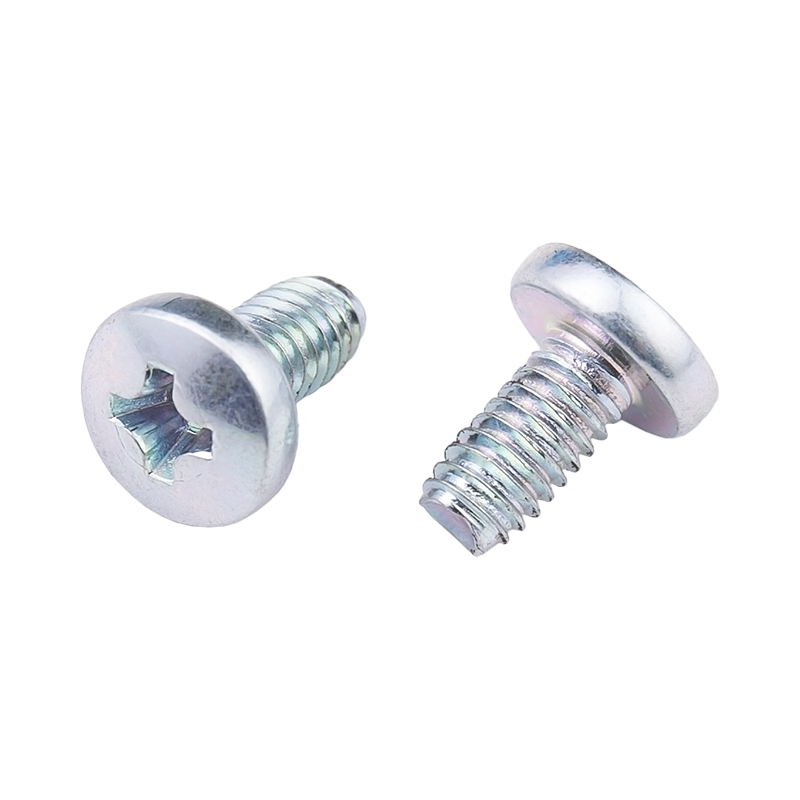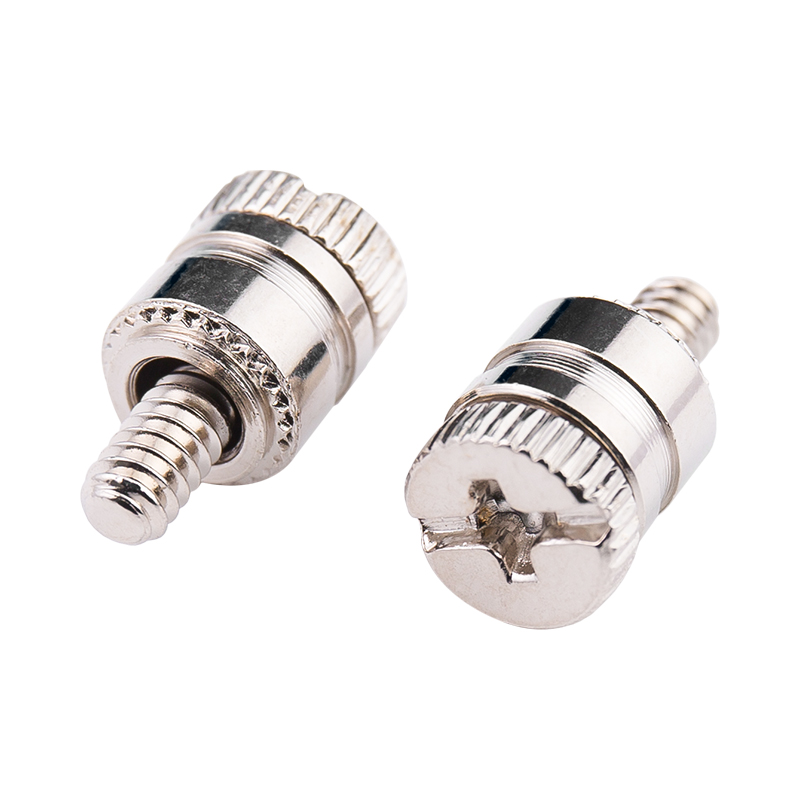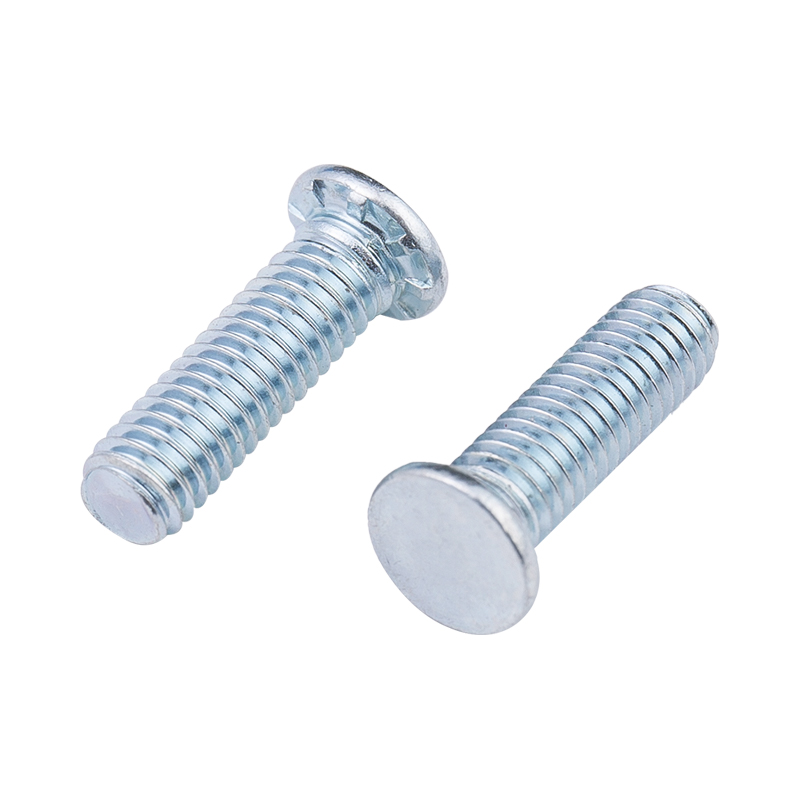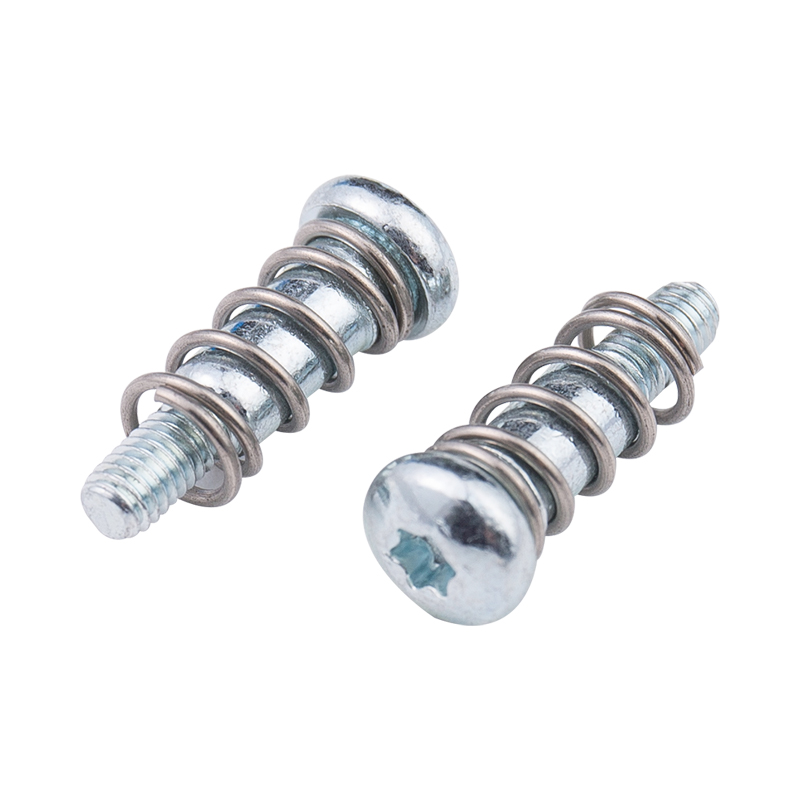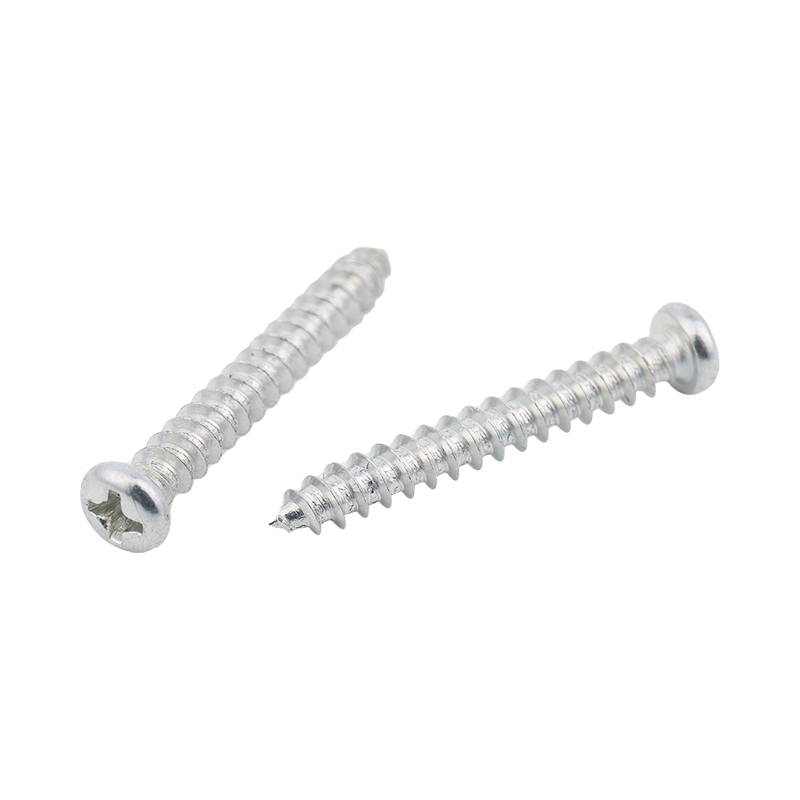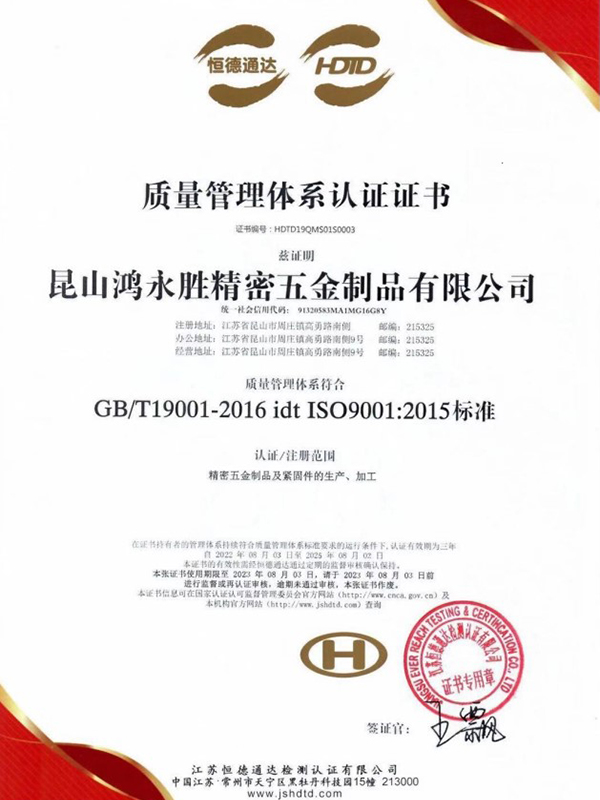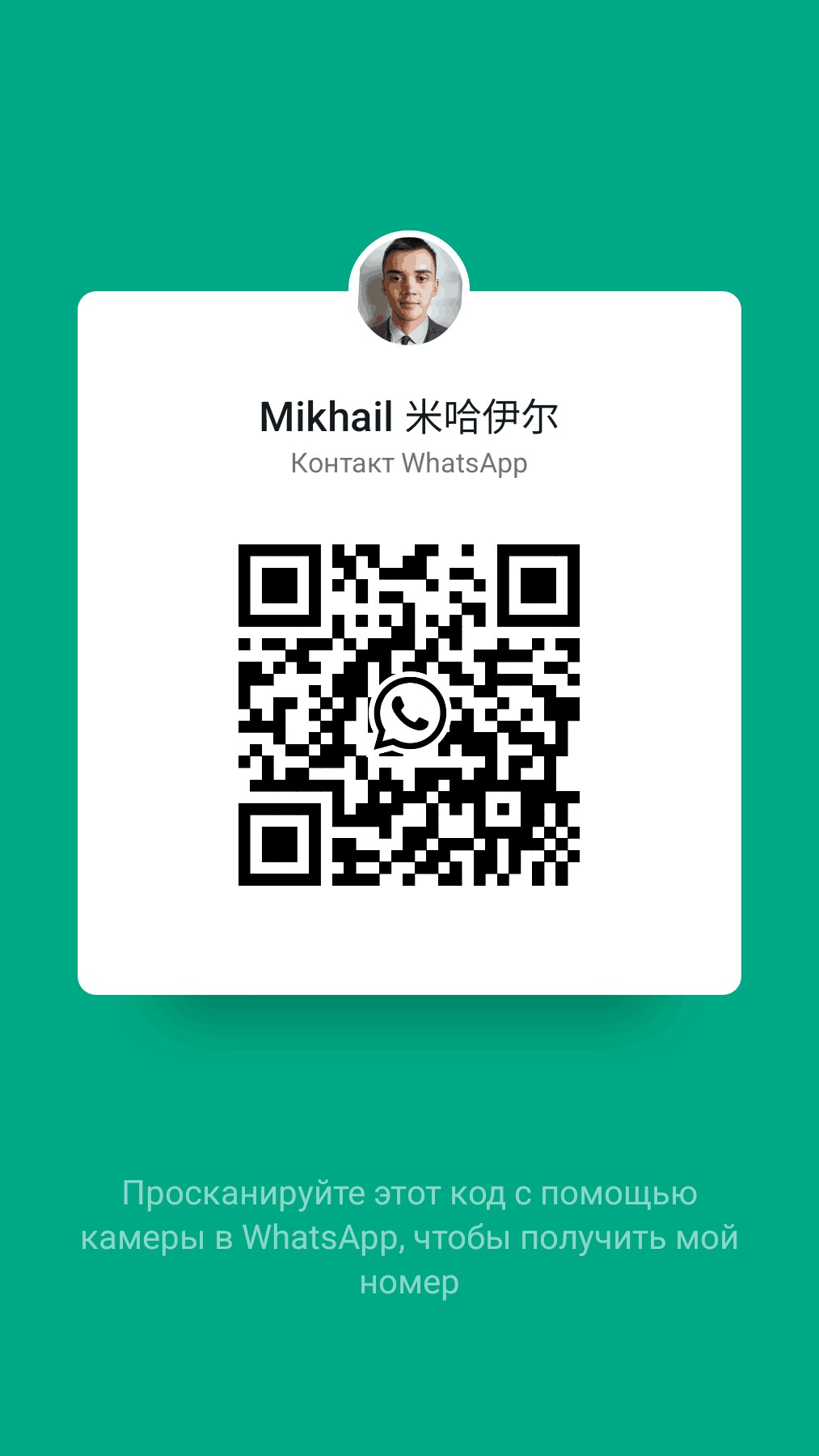Carbon Steel Bolt Supplier Guide: What Buyers Should Look For Selecting the right supplier for carbon steel bolts affects product performance, safety, and long-term cost. This guide breaks down the p...
READ MOREThe company has obtained two quality system management certificates of ISO9001:2015 and IATF16949:2016.
At present, the company has been for Japan, Sweden, the United States, Singapore, Malaysia, Hong Kong and the Pearl River Delta and many other customers to provide services, now the main customers are: Japan Sharp (SHARP), Japan SMC, Japan Panasonic (Panasonic), the Swedish automobile VOVOL, etc., all the fixed assets investment of more than 30 million dollars, welcome friends from all walks of life to the factory to visit, study, consulting and come! We welcome friends from all walks of life to visit our factory, investigate, consult and come to us for sample processing.
We are looking forward to establishing a good business partnership with you with mutual trust and reciprocity!
-
-
Introduction: The Foundation of Mechanical Systems In the intricate world of modern manufacturing and engineering, machined parts form the fundamental building blocks of virtually every mechanical sys...
READ MORE -
Why Structural Integrity Matters In construction, machinery, and other industrial applications, structural integrity is crucial for safety, performance, and longevity. One of the key elements in ensur...
READ MORE -
Introduction to Stainless Steel Fasteners Stainless steel fasteners are widely used in construction, machinery, and industrial applications due to their corrosion resistance and durability. Among them...
READ MORE
Why are carbon steel screws the backbone of modern architecture?
When it comes to construction and manufacturing, we often overlook the importance of small details like screws. However, these seemingly insignificant fasteners play a crucial role in holding everything together.
Carbon steel screws are renowned for their exceptional strength and durability. Made from a combination of iron and carbon, these screws are able to withstand heavy loads and resist deformation. Thanks to their high tensile strength, they are widely used in various industries, including automotive, aerospace, and construction. For instance, in the construction of high-rise buildings, carbon steel screws are used to securely fasten structural components, ensuring the stability and integrity of the entire structure.
In addition to their strength, carbon steel screws offer excellent corrosion resistance. This is due to the presence of a thin layer of zinc coating, also known as galvanization, which acts as a protective barrier against rust and other environmental factors. As a result, these screws are suitable for both indoor and outdoor applications. Whether it's assembling furniture or constructing outdoor structures like fences and decks, carbon steel screws provide long-lasting reliability, even in harsh weather conditions.
One of the key advantages of carbon steel screws is their cost-effectiveness. Compared to other materials like stainless steel or titanium, carbon steel screws are more affordable without compromising on quality. This makes them a popular choice for large-scale construction projects where cost optimization is crucial. Moreover, the availability of carbon steel screws in various sizes and types ensures compatibility with different applications, further enhancing their versatility and cost-effectiveness.
While carbon steel screws may not be the most glamorous component in the world of construction, they undoubtedly play a vital role in ensuring the strength, durability, and cost-effectiveness of various structures. Their exceptional strength, corrosion resistance, and affordability make them the go-to choice for builders and manufacturers worldwide. So, the next time you see a towering skyscraper or a well-built piece of furniture, remember that it's the humble carbon steel screws that hold it all together.



 русский
русский Español
Español